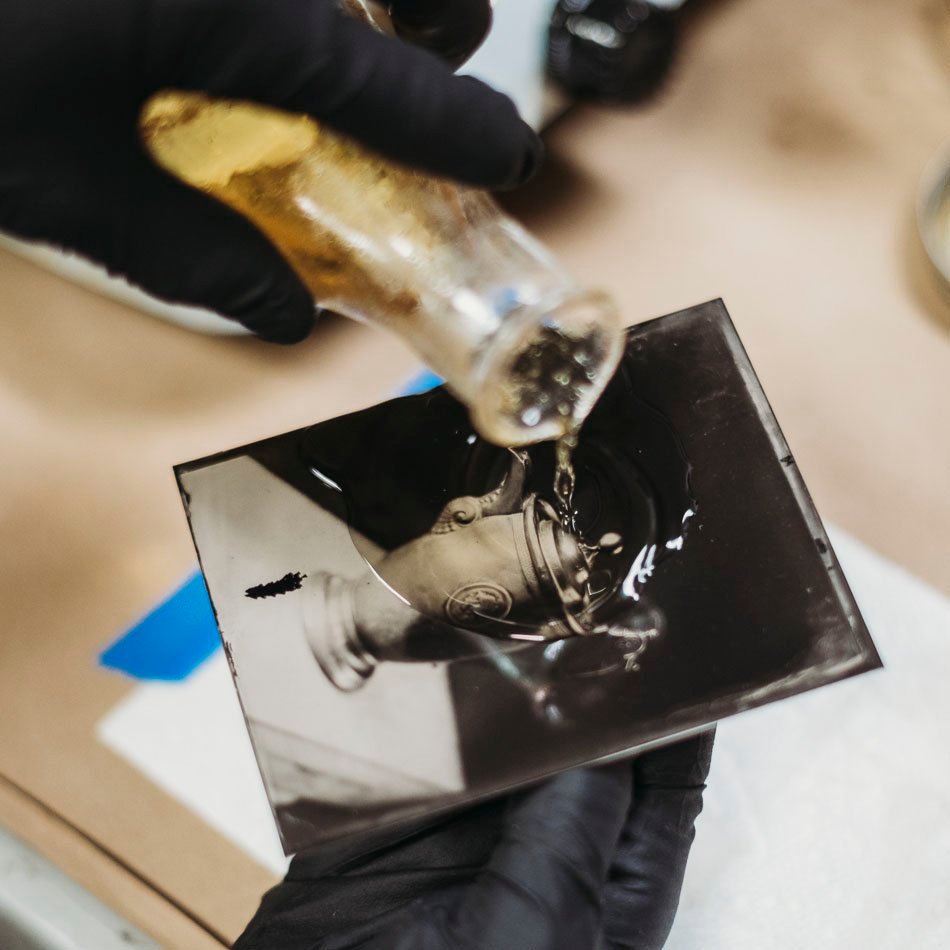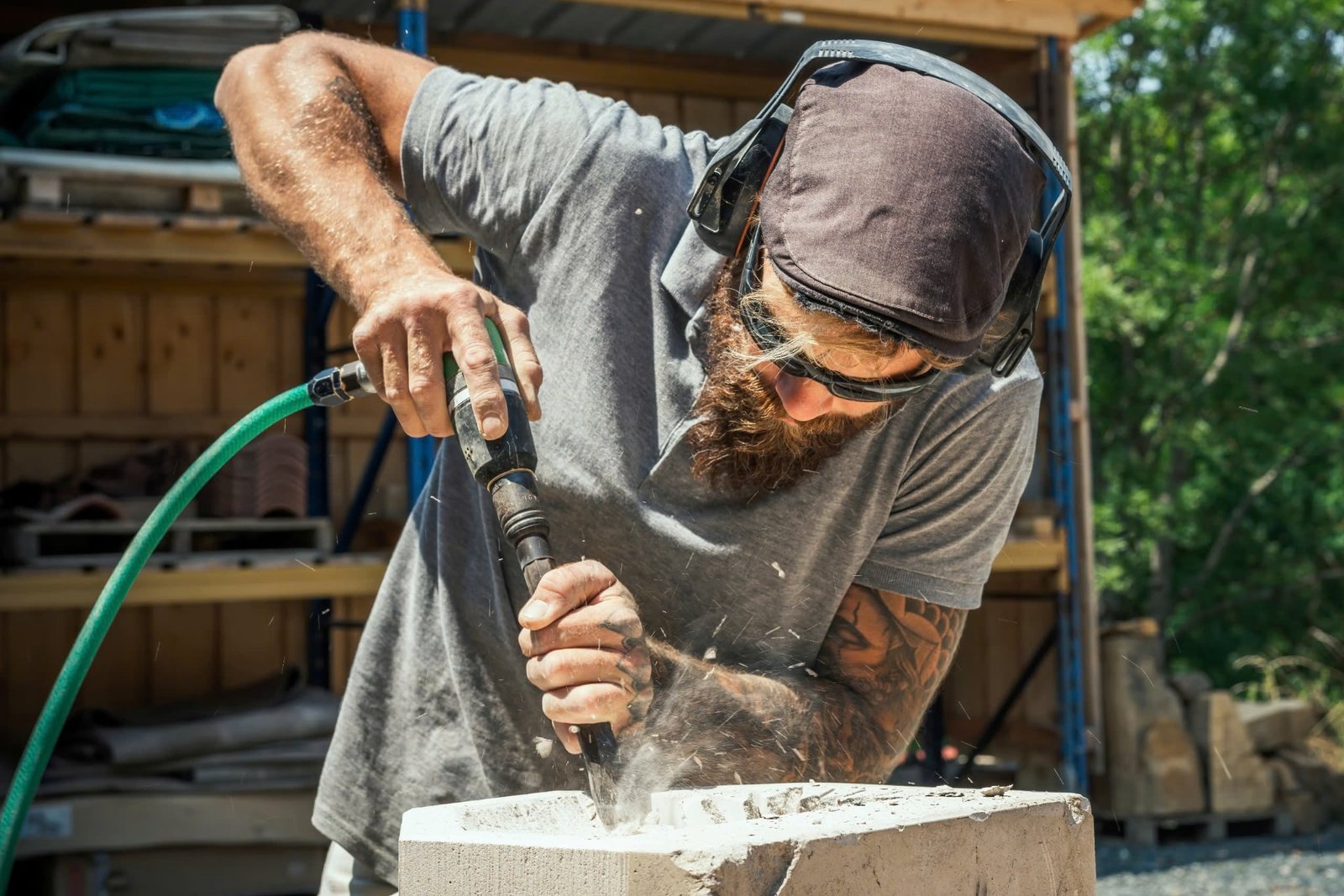
In an era defined by smartphones and instant digital sharing, it’s easy to think of glass plate photography as a relic of the past.
In an era defined by smartphones and instant digital sharing, it’s easy to think of glass plate photography as a relic of the past. But this 19th-century photographic technique continues to influence both the world of visual arts and the science of modern materials. Though it may not be widely practiced today, its impact still resonates across photography, preservation, and glassmaking industries.
In this article, we explore three compelling reasons why glass plate photography still matters—revealing how it shaped imaging standards, influenced modern float glass manufacture, and continues to offer artistic and archival value. We’ll also look at how its legacy lives on through technology, innovation, and cultural preservation.
What Is Glass Plate Photography?
Glass plate photography refers to photographic techniques that used glass plates coated with light-sensitive emulsions to capture images. This process began in the 1850s with the invention of wet collodion plates and was later improved with dry gelatin plates, which allowed for easier handling and faster exposures.
These plates were known for their:
- Exceptional image clarity
- Flatness and chemical stability
- Longevity, with many surviving to this day
- Importance in early scientific and cultural documentation
Different techniques and types of glass plate photography have been used over time, from ambrotypes and albumen-coated glass to lantern slides and astrophotographic plates.
Reason 1: It Set the Standard for Image Quality and Materials Innovation
One of the most significant reasons glass plate photography still matters is because it set new expectations for image clarity and detail. Photographers of the 19th century captured ultra-high-resolution images with tonal ranges and fine lines that were far superior to those produced by paper negatives or early film.
Precision That Demanded Better Glass
These optical demands forced early manufacturers to improve the quality of glass, leading to advancements in:
- Surface smoothness
- Dimensional stability
- Chemical resistance
- Optical purity
These requirements directly influenced the development of float glass manufacture, which emerged in the 1950s to produce ultra-flat glass for use in architecture, electronics, and solar energy. The techniques perfected for making photographic plates helped define what modern clear float glass would need to achieve.
Today, the float glass industries, including Emirates Float Glass in the UAE and leading Mediterranean float glass producers, continue to uphold those same standards of clarity, consistency, and durability—many of which began with the needs of early photographers.
Reason 2: It Preserves Irreplaceable Moments in History
While digital photography often suffers from file corruption, format obsolescence, and short-term storage issues, glass plate negatives remain a gold standard for historical archiving. Thousands of glass plates from the 1800s and early 1900s still offer unmatched detail and historical value today.
Why Archival Glass Photography Endures:
- Glass is chemically stable and does not degrade like paper or film
- Plates store extremely fine-grain detail that allows for accurate restoration
- Digital scans of glass plates provide better source material for AI enhancement and 3D modeling
- Scientific and cultural institutions rely on glass plate archives for preservation and education
Glass plates were used to document everything from early urban infrastructure and scientific experiments to portraits, landscapes, and even astronomical phenomena. Many of these are now housed in libraries, museums, and universities around the world.
Without glass plate photography, much of our visual record from the 19th century would be lost—or at least far less detailed. These plates offer an irreplaceable glimpse into the past, preserved with extraordinary clarity.
Reason 3: It Continues to Inspire Art, Science, and Industry
Even in the digital age, glass plate photography continues to inspire a resurgence among artists and fine-art photographers who are drawn to its hands-on process and ethereal visual qualities. Unlike digital photography, which often feels instantaneous, glass plate work is deliberate, crafted, and steeped in historical technique.
Why Artists Still Use Glass Plates:
- Unique aesthetics with unmatched tonal depth
- A tangible, artisanal process that values craftsmanship
- Large format images ideal for gallery prints and installations
- A growing community of alternative process photographers
Photographers experimenting with historical processes often rely on custom-coated clear float glass to create modern versions of dry or wet plates. This fusion of antique technique and contemporary materials highlights how glass plate photography continues to evolve.

Influence on Modern Industries
Beyond fine art, the principles behind glass plate photography still guide technical applications in:
- Optics and lenses, where precision and flatness are essential
- Solar panel production, using ultra-clear float glass inspired by photographic demands
- Scientific imaging, where long-term storage and high resolution remain critical
In this sense, the art of photography and the science of float glass are deeply intertwined. The clarity, structure, and chemical stability required for photographic glass are now indispensable in industries powered by innovation and sustainability.
Final Thoughts: The Legacy of Glass in a Digital World
Glass plate photography may seem outdated, but its influence is as modern as the skyscraper windows we look through and the high-res screens we stare into every day. It forged a path for modern imaging, inspired the development of float glass, and left behind a visual archive more durable than any hard drive.
As you trace the origins of clarity, precision, and permanence in photography and materials science, glass plate techniques stand out as a timeless example of how craft can lead to industrial revolution.
Whether you’re a history lover, a photography enthusiast, or a professional working in architecture or engineering, understanding glass plate photography is key to appreciating the technological foundations we now take for granted.
For a deeper dive into the variations and historical context of this medium, explore the different techniques types of glass plate photography that continue to shape both imagery and industry today.

